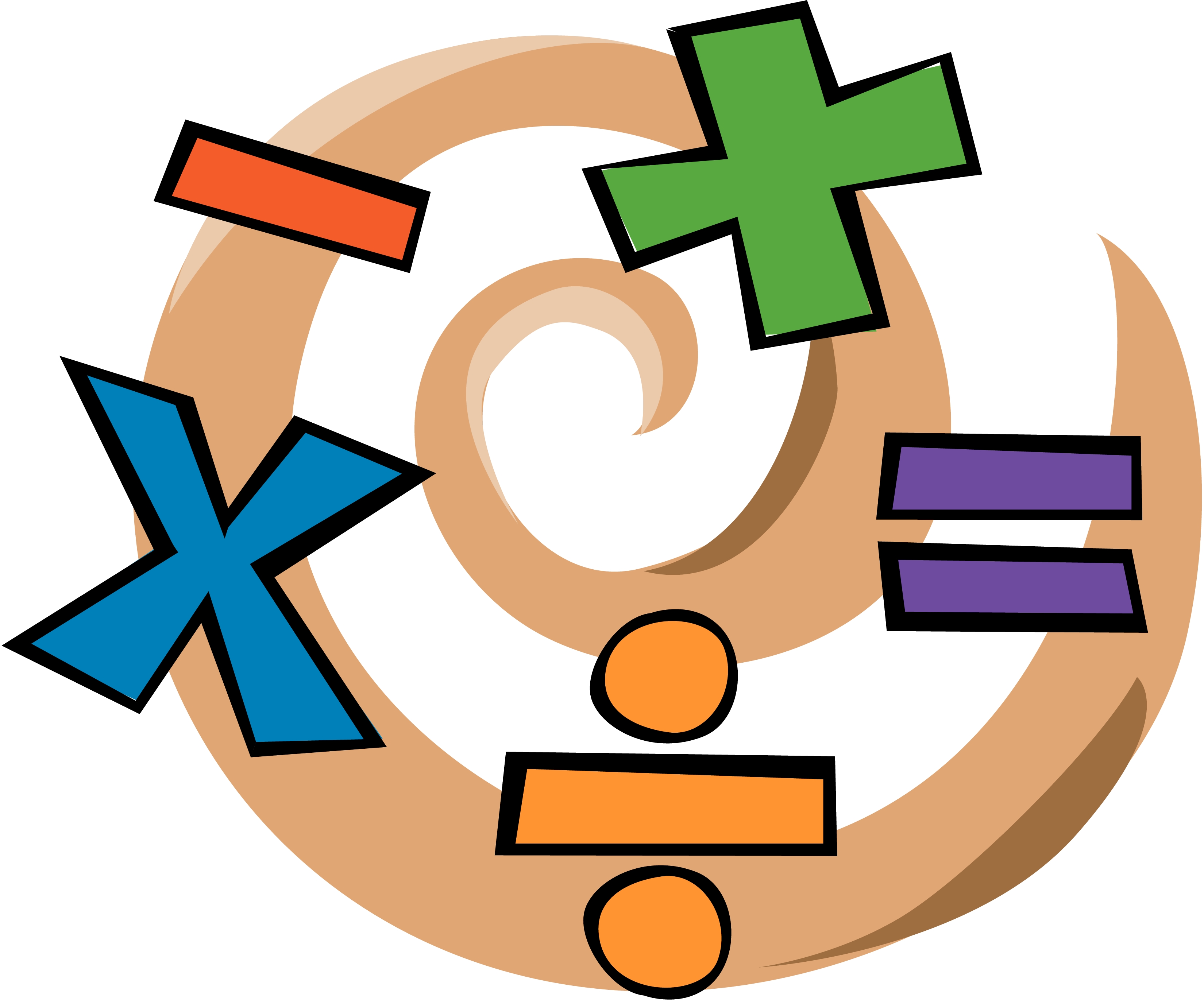One of the most concerning things that I think about when I become a teacher is grading homework and tests in an objective manner. I was working as a substitute TA in a third grade classroom and the teacher asked me to grade some papers from a homework assignment the students handed in. As I was grading the papers I had to continue to ask the teacher what was an acceptable answer. Do I accept this answer even though the sentence structure and grammar in incorrect but the idea is right? I'm sure these are thoughts that plague a lot of first and second year teachers. After reading the cluster in the textbook about assessment I can say that I have a little bit of a better grasp on the different types of assessments that are available, and ways to assess students. I really like some of the ideas for informal assessments such as back and forth journals and questioning. One idea that I particularly liked is the idea of portfolios. In a portfolio the child can display a collection of their work. The portfolio will often include work in progress, revision, student self-analyses, and reflections on what the student has learned. I think this is a great assessment tool to use. Not only is it providing valuable information to the teacher about work the student has completed and showing their thinking process as they include their revision work, but, it is also a place for the student to show off what they have accomplished. This will give the students a great sense of ownership with their work and help build their confidence.
One of our assignments was to talk about a lesson plan that we could anticipate teaching. The lesson plan I would like to discuss is from a math lesson the I created. In this lesson, I would first introduce the lesson by discussing with the students what it means to write a mathematical sentence and what it means to write an explanation using mathematical vocabulary. We would also review what drawing an array means and how to draw an array for both multiplication and division sentences. This lesson would be geared for a third grade level. For the lesson, I would provide students with "link sheets" in which they would have to create a mathematical number sentence from a story I gave them. An example of this would be, Sally has 25 seashells and she puts 5 seashells into each bucket. How many buckets does Sally have? The students would have to create the number sentence, draw an array to represent the problem, and then write an explanation of their answer using mathematical vocabulary words. After teaching this lesson, I would provide the students with a homework assignment incorporating what we learned in the lesson. I have attached a rubric that I created using www.rubistar.4.teachers.org, which is an amazing website!
I think using a rubric such as this would be great! It would make it easier and more structured when grading. I would know exactly what criteria I am looking for and would be able to grade in an unbiased way.
Here is a video with someone interviewing a high school teacher about how they assess their students.


No comments:
Post a Comment